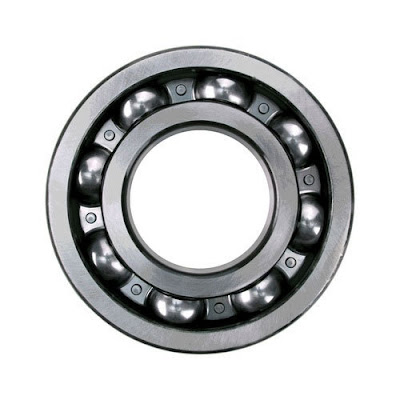All About Ball Bearing Rollers and their Distinctive Features and Applications
The technological developments have helped increase productivity, with machines being used from first to last in various industries, including the automotive or power-generating ones. These machines demand high performance and efficiency that rolling bearings play a crucial role by not only reducing friction but also enabling high rotational movement at a less maintenance expenditure. Rolling bearings help the movement of the surfaces of two metals easily by one rolling over the other. This helps minimize the friction when the machine runs at a high speed, giving high efficiency and less wear and tear.
Construction of Roller Bearings
The components of rolling bearings contain inner and outer rings with raceway, rolling elements like balls or rollers and cage, which separate and hold the rolling elements. This helps the rollers to rotate freely within the raceways. The rolling bearing unit help increase the speed, while reducing the thrust on the shaft. The inner ring of the bearing is generally fitted on the shaft and the outer ring is on the housing.
Construction of Roller Bearings
Ball Bearing Rollers | Image Resource : indiamart.com
The components of rolling bearings contain inner and outer rings with raceway, rolling elements like balls or rollers and cage, which separate and hold the rolling elements. This helps the rollers to rotate freely within the raceways. The rolling bearing unit help increase the speed, while reducing the thrust on the shaft. The inner ring of the bearing is generally fitted on the shaft and the outer ring is on the housing.
Much of the importance of rolling bearings comes in handling load capacity, where the contact angle is less or above 45°. If it is less, it can handle higher radial load and where it is above 45°, it can support higher axial load capacity. For this reason, the roller bearings can easily deal with either radial or thrust load or a combination of both. You can find the roller bearings in different shapes like the cylindrical, tapered, spherical, and needle roller bearings.
Some Distinctive Features of Ball Bearing Rollers
The rolling bearings, unlike the sliding bearings, is known for the smooth operation of a machine and they come in different shapes and types to enable an actuator or a motor to carry any load. The following are their unique features.
1. The roller bearings are recognized for their international standards and for this reason they are easily available and interchangeable.
2. With the contact angle of less than or above 45°, these roller bearings can handle either axial or radial loads or a combination of both.
3. There is very little difference between the starting friction and dynamic friction coefficient as the starting friction coefficient is lower in ball bearing rollers.
4. They are suitable for either low or high temperature applications.
5. The rolling bearings consume less lubricant and they are easily lubricated.
Use of Roller Bearings in Various Applications
The roller bearings are known for their applications in various industries. Where the applications need high axial loads, different types of ball bearing rollers, like the spherical roller thrust bearing, are used. Similarly, as an automobile bearing these roller bearings come in high precision designs to provide extreme quality and exceptional performance.
Several developments in the ball bearing rollers have helped transform the industrial sectors.



Comments
Post a Comment